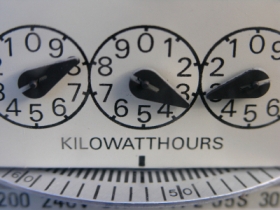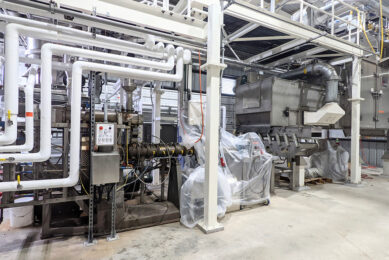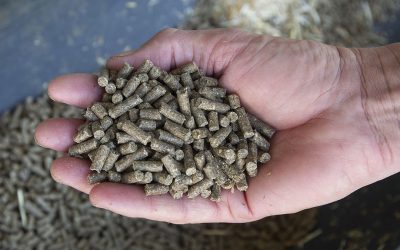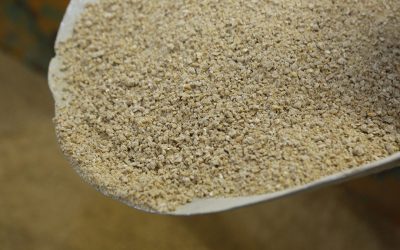Pelleting aid saves on energy use

Feed manufacturing trials conducted by the International Research Institute of Feed Technology (IFF) at Braunschweig-Thune in Germany have highlighted the significant benefits of adding a surfactant during the pelleting process.
The study set out to evaluate the performance and effect of adding Maxi-Mil®, a liquid processing aid with surfactant and lubrication characteristics, compared with an equivalent amount of water in the production of poultry, ruminant and swine diets.
The objective was to study the effect of Maxi-Mil on pellet mill electrical requirements, together with the moisture content and stability of the final pelleted products.
The addition of a 1% solution of Maxi-Mil was found to increase pellet moisture content by up to 0.7% compared with adding 1% water.
Lower energy use, better pellets
It also lowered the specific electrical energy requirement (kWh/t) by 19%, improved pellet stability and PDI, and reduced temperature rise through the pellet press.
According to IFF, beneficial effects could be demonstrated across a range of feedstuffs that differed in composition and particle size.
Whilst the impact of Maxi-Mil was found to be more evident in combination with difficult-to-process feed formulations, the researchers found that they were identifiable in all cases.
Commenting on the results of the trials Roger Mann, Regional Director for Anitox in Europe, the Middle East and Africa, stated: “Increasing raw material and electricity costs, together with declining profit margins, are forcing feed manufacturers to do everything possible to minimise their costs of production.
“Of major concern are specific energy demand (kWh/t) and moisture losses in finished pelleted feeds, because this means immediate mass loss and reduced profitability.
Carbon footprint
“The Maxi-Mil programme gives feed manufacturers the opportunity to reduce shrink/process loss and lower pellet press energy use, thereby optimising their carbon footprint.
“It also increases pellet durability, reduces fines, enhances digestibility and reduces die and roll wear.
The pelleting aid does this by enhancing the conditioning process through optimal heat transfer.
Anitox’s own global research and extensive field trials in over 50 countries have proven that the product substantially reduces shrink/process losses and pellet press energy (kWh/t) use, as the IFF trials have confirmed.
Anitox trials have also shown that it reduced die and roll costs by 36% and improves pellet durability by 3%.
“During 2008, the combination of these benefits in a typical 150,000 tonne mill delivered annual financial savings of US$140,000”, Roger Mann states.
More to come
Anitox has its finger firmly on the pulse of developments and issues that affect the feed and food industries.
To ensure that future demands and challenges can be met the company is continually broadening its R & D portfolio, including new non-antibiotic, ecofriendly pathogen control solutions products.











